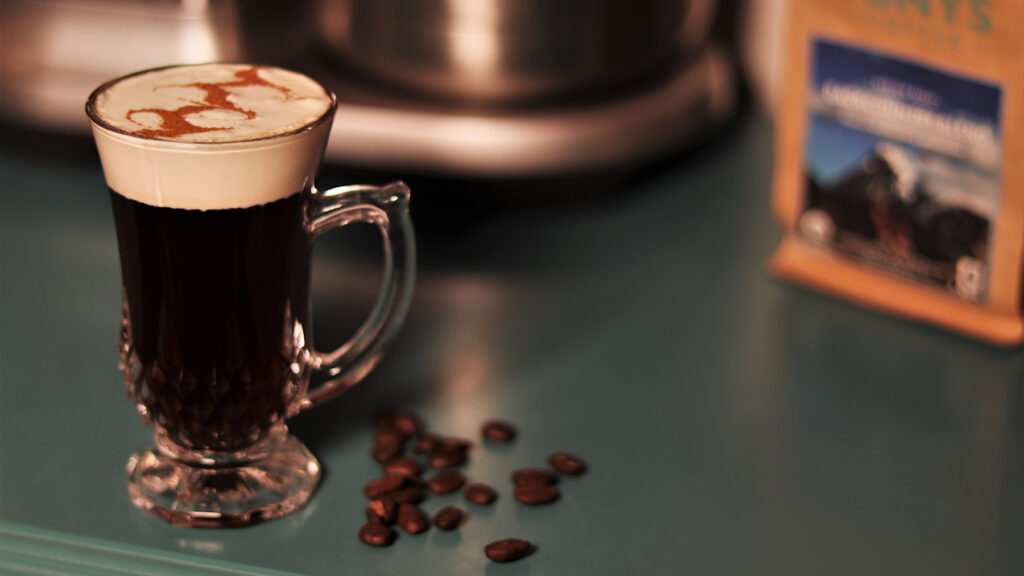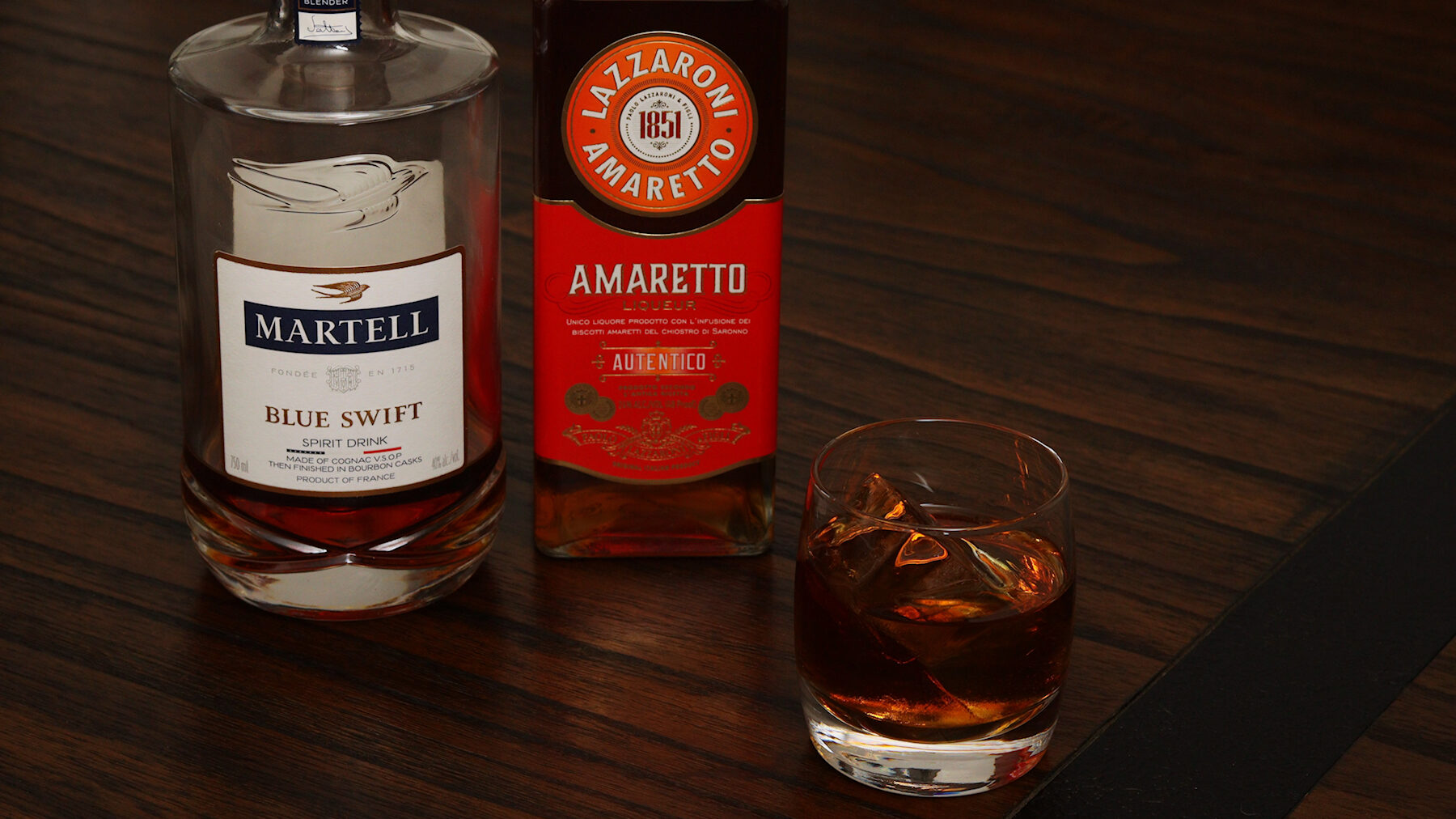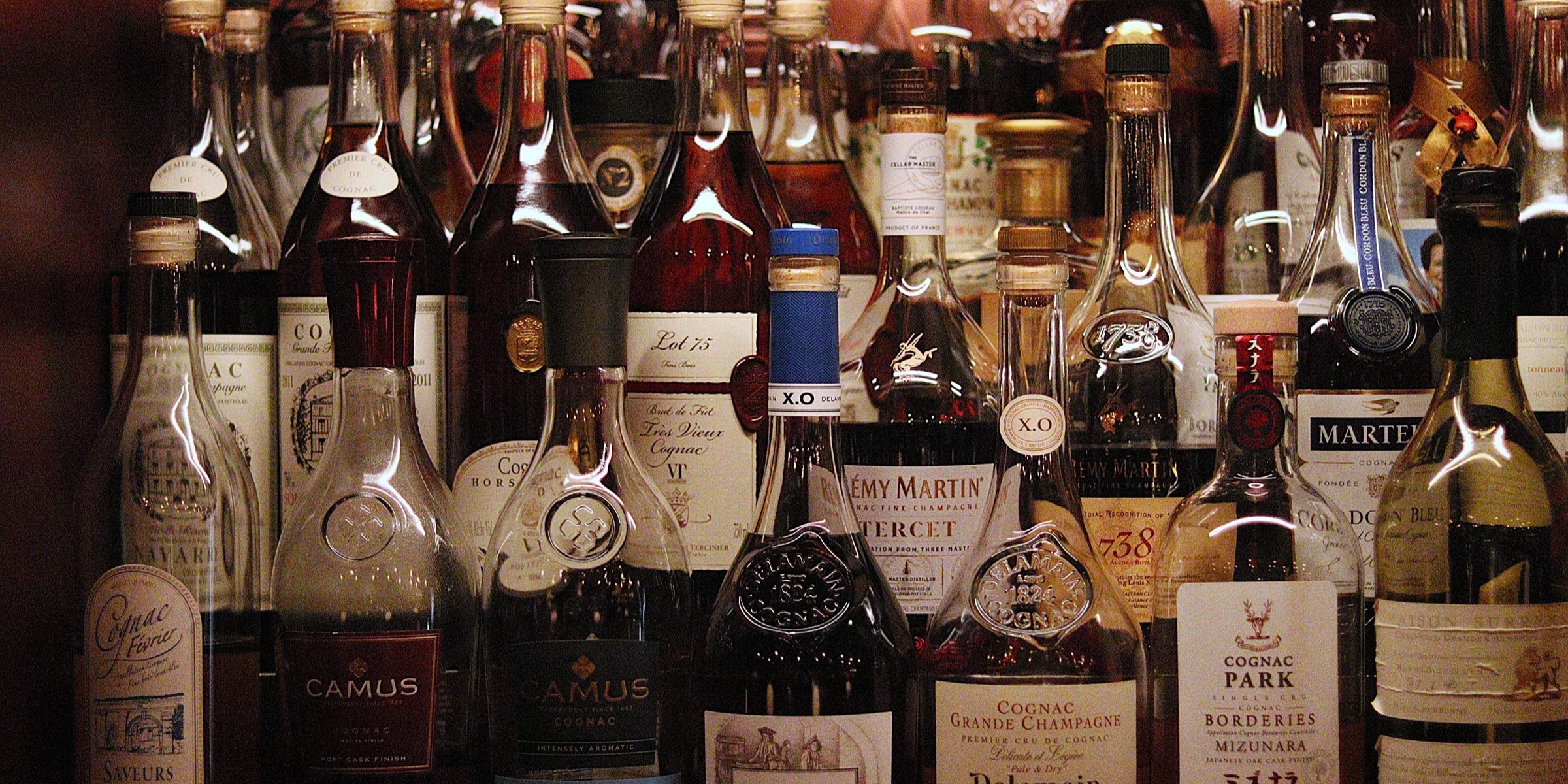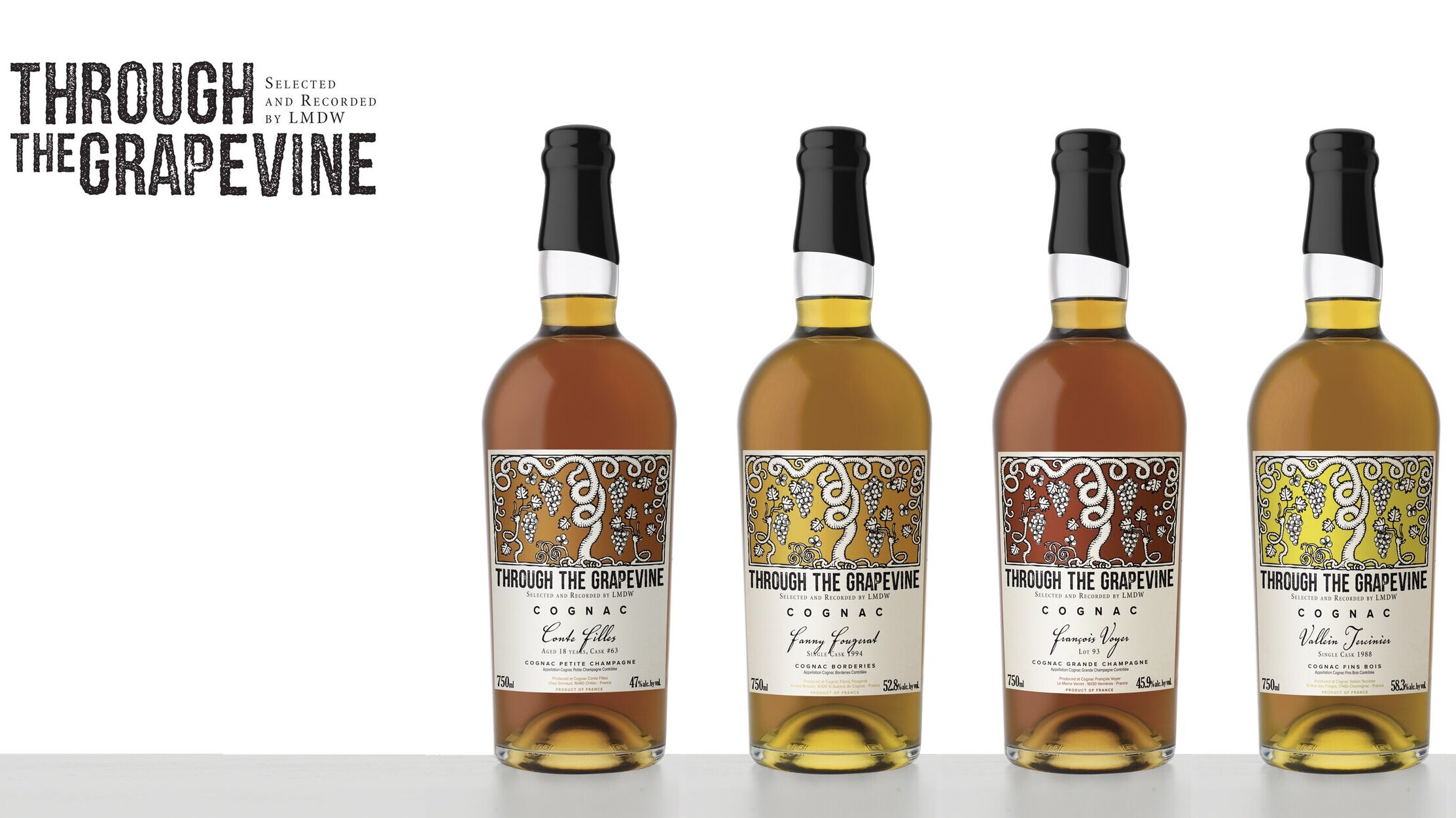For anyone out there who makes cocktails regularly, there’s something methodical about it, almost therapeutic in a way. Gather the bottles, carefully measure, choose your glass, and create an appealing garnish. There’s definitely a point of pride in it for myself. But there’s something that a lot of bartenders don’t get very excited about that I definitely do. Two ingredient cocktails.
These usually consist of a base spirit mixed with a liqueur and have a bad rap for being way too sweet and basic, unimaginative, etc. I know I’m in the minority here, but I really enjoy them and I’m not afraid to stand my ground. Sure, if the balance is off then it’s going to be too cloying from excess liqueur or feel like you’re missing something from too much base spirit. So, why bring this up here? Because I think it’s time we talk about a cocktail that came from the technicolor laden, groovy, and far our era of the 1970’s called the French Connection.
There’s not really much of a history behind this cocktail which was a mix of Cognac and amaretto. Some say it had its humble beginnings in the mid 1960’s, but that’s unofficial. The idea of a two ingredient cocktail formula was no stranger to the time. It had been around for quite a while already. In the early 1930’s, some bartenders at the 21 Club in Manhattan created the B&B, which was equal parts brandy and Bénédictine. The Black Russian, courtesy of Gustave Tops at the Hotel Metropole in Brussels, came along in the late 1940’s. Then, in the mid 1960’s the Rusty Nail, made with Scotch and Drambuie, became quite popular and even received the praises of the Rat Pack.
It’s no surprise that based off the success of the Rusty Nail, another player would show up to the game. After all, imitation is the highest form of flattery, right? While the exact date is unclear for the French Connection, we can conclude it was made at the latest by 1971 when the film of the same name starring Gene Hackman was released. The creator? Unfortunately, we don’t know.
Whoever did create it, though, I have much respect for as they were tirelessly trying to promote Cognac in a time when it wasn’t very popular. Yes, it’s true that sales of Cognac to the USA increased about 20% in the 1970’s, but even that was no match for Scotch whisky as it was dominating the alcohol industry. Even shortly after the French Connection was in circulation, another cocktail came about called the Godfather made with Scotch and amaretto. Whisky just had to butt its way in. Regardless, it doesn’t change the fact that we have a beautiful Cognac based cocktail that, when made right, is quite a wonderful delight as an after dinner drink, digestif, or nightcap.
It’s time to take a peek at how to make this simple tipple.
• • • • •
Cognac
There are no rules here with what kind of Cognac you can use. Anything from a VS up to an XO would be great. I’d probably lean more towards a woodier expression or something on the dry side. Either will help to balance out the sugar in the amaretto. I will say, though, a French Connection is really nice with an XO. Think about it. Drinks as simple as this one rely solely on the quality of the two ingredients you’re using. There’s an old saying I was taught early on in bartending. “Your cocktail is only as good as the worst ingredient you put in it.”
Don’t reach for an inexpensive bottle here. My guess is you’ll be drinking this cocktail fairly infrequently, so every now and then hopefully you won’t mind pouring something a little nicer into it. Louis XIII nice? Well, let’s not go that far. Unless you’re inviting me over. Then pour away! If you’d still rather use a VSOP, that’s more than fine. I enjoy Martell Blue Swift and Rémy Martin 1738 for wood focused options and Jean-Luc Pasquet ’07 and Dudognon Reserve for something drier.
Amaretto
This is one of my guilty pleasures. I love amaretto. Contrary to popular belief, amaretto traditionally isn’t made from almonds, but stone fruit pits. Apricot and peach were the usual suspects, and some brands still make it that way today. Of course, bitter almonds can also be used. Stone fruits and almonds are in the same category called drupes. All members of the drupe family have something called a benzaldehyde that gives that almond-like flavor to the final product.
What I feel is the best amaretto on the market today is Lazzaroni amaretto. It’s old school, being created in 1851 in the town of Saronno, Italy. They claim to be the original, but so does Disaronno. Whatever the case, I much prefer Lazzaroni over Disaronno as the latter uses an apricot pit “essence” or oil instead of using the actual pits for the true flavor. Is that a huge deal? Not really. It’s pretty common in a lot of liqueur production, but what matters is the final flavor result and to me there’s a big difference between them. Luxardo is another great brand to use if you can’t find Lazzaroni.
The Recipe
2 oz. (60 ml) VSOP or XO Cognac
.75 oz (22 ml) Lazzaroni amaretto
Build ingredients in a rocks glass. Add two cubes of ice (or one big rock if you’ve got one) and briefly stir for 5-10 seconds.
As with the original recipe, I say no garnish. If you’d like, a lemon twist zested on top isn’t a terrible idea.
• • • • •
BONUS RECIPE
Winter is fully upon us. If you live in a cold, wet place like I do, then this drink might interest you. In 2018, I was involved in the opening of the Charter Hotel in downtown Seattle and creating cocktail menus for both their restaurant and rooftop bar. On the breakfast menu I wanted to do a simple twist on an Irish coffee. I took the French Connection and morphed it into the Café Connection thinking it would work quite nicely since amaretto is a very common flavored coffee syrup. Add some honey whipped cream and cinnamon on top and we were in business. I’d definitely reach for a VS Cognac here. Nothing special is needed as the coffee will wash away all the nuances of your spirit, so keep it cheap and easy.

The Recipe
1.5 oz. (45 ml) VS Cognac
.5 oz (15 ml) Lazzaroni amaretto
4 oz (120 ml) hot, medium roast coffee
Temper a glass coffee mug with hot water. Once warm to the touch, add Cognac, amaretto, and coffee to the mug. Top with honey whipped cream (see recipe below).
Garnish with ground cinnamon on top of the whipped cream by laying a solid layer right down the middle in a straight line. Using a bar pick, drag it through the cinnamon to create a unique design.
Honey Whipped Cream
2 c. heavy whipping cream
3 Tbsp. honey syrup
8 drops orange blossom water
Add everything to an iSi whipper and screw on top. Add one nitrogen charger and shake vigorously for 5 seconds. Remove charger capsule and place in refrigerator overnight. Use within one week. Makes enough whipped cream for 8-16 cocktails depending on glass size and how much you like to use.
If you don’t have an iSi whipper, the whipped cream can be made to order. Divide the above recipe by four (4) and do a long, hard shake of the ingredients in a cocktail shaker tin until it’s the consistency of paint. Don’t over shake it or it will turn to a solid, cake frosting like thickness. This should give you enough whipped cream to make 2-4 cocktails.





